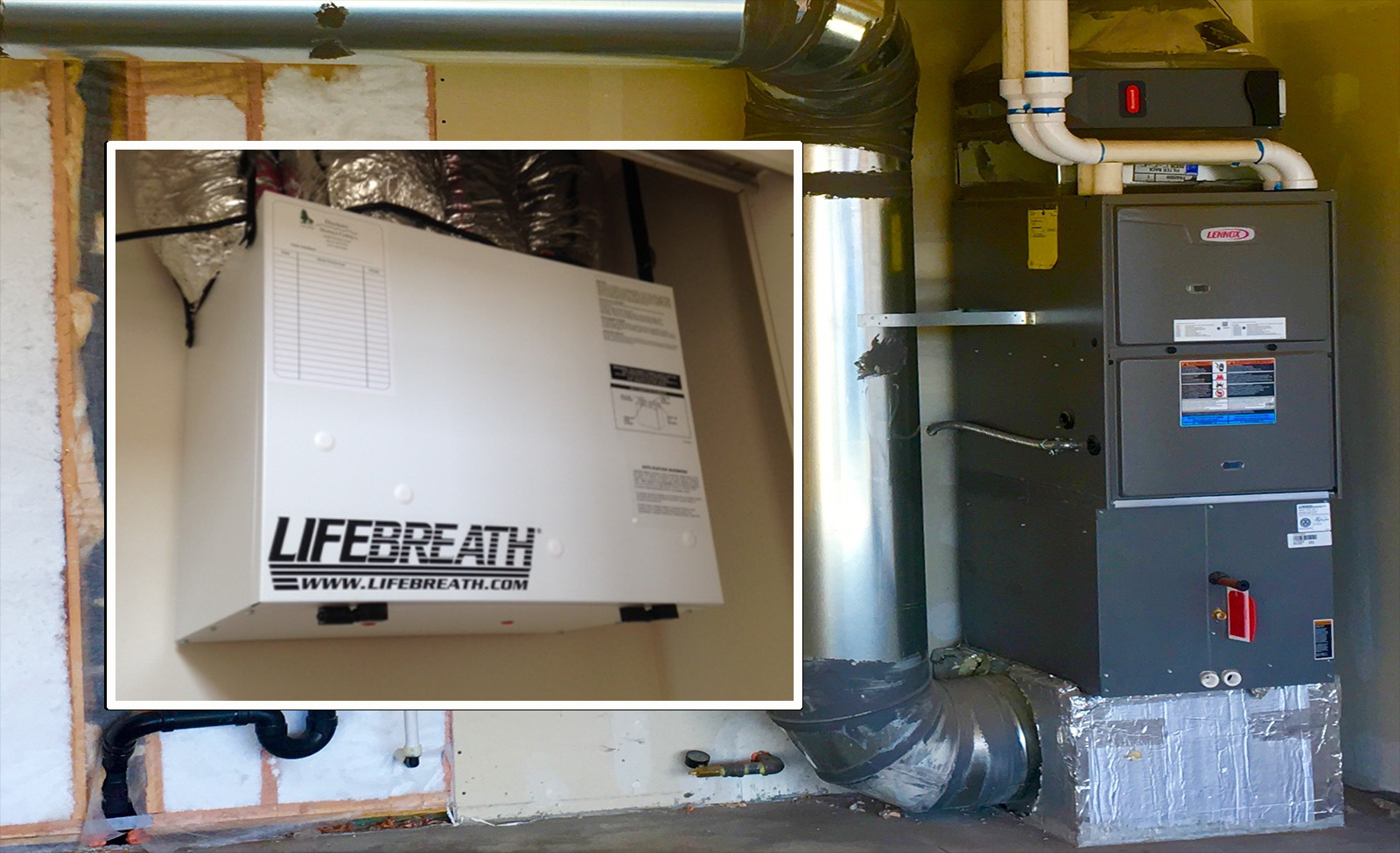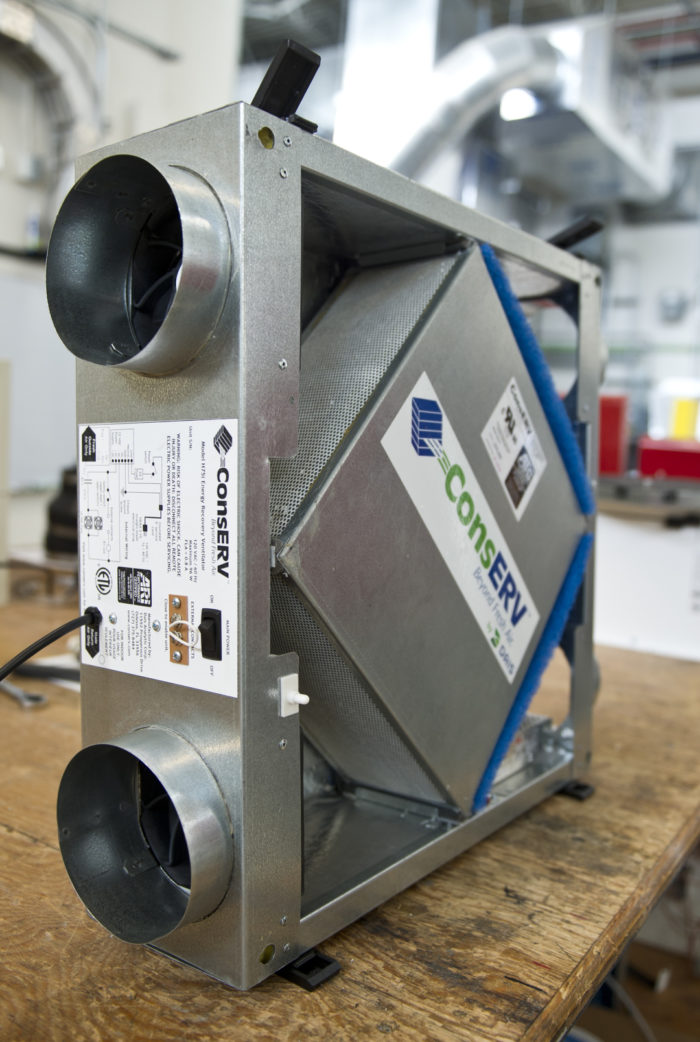Discovering the Perks of Heat Recovery Ventilation for Energy Performance in Houses
Heat Recovery Ventilation (HRV) systems supply homeowners a useful strategy to boosting energy performance. By recovering warm from outbound air, these systems can substantially minimize cooling and heating expenses. Additionally, they give a steady supply of fresh air, improving interior air quality and convenience degrees. As property owners consider sustainable alternatives, comprehending the nuances of HRV systems comes to be progressively important. What aspects should one examine before making such a financial investment?
Recognizing Heat Recovery Ventilation Equipments

Exactly How HRV Improves Indoor Air High Quality

Energy Cost Savings: The Economic Benefits of HRV
Making best use of energy effectiveness, heat recovery ventilation (HRV) systems use significant economic advantages for house owners. By recuperating and recycling warmth from exhaust air, HRVs substantially decrease home heating and air conditioning costs. This innovation can bring about energy financial savings of approximately 30%, depending upon climate and use patterns. Home owners often notice minimized energy bills shortly after installment, making HRVs an economically wise financial investment with time. Furthermore, many areas give rewards or rebates for energy-efficient upgrades, further enhancing the financial allure. As energy prices remain to increase, the cost-effectiveness of HRVs becomes significantly clear. Overall, the unification of HRV systems not only advertises power efficiency yet likewise contributes to lasting economic savings for households.
The Environmental Impact of Heat Recovery Ventilation
A recommended you read considerable ecological benefit of heat recovery ventilation (HRV) systems depends on their capacity to decrease total energy usage. By recovering warm from exhaust air and moving it to inbound fresh air, HRV systems lessen the demand for energy-intensive home heating and cooling methods. This reduction in energy need contributes to decrease greenhouse gas discharges, as less nonrenewable fuel source is called for to maintain comfy interior temperature levels. Furthermore, HRV systems boost indoor air quality by effectively exchanging stagnant air with fresh exterior air, minimizing reliance on mechanical cooling systems that can hurt the setting. On the whole, the implementation Your Domain Name of HRV systems sustains sustainable living practices and lines up with worldwide efforts to battle environment change by promoting energy effectiveness in property settings.
Choosing the Right HRV System for Your Home
How can homeowners assure they select the appropriate heat recovery ventilation (HRV) system for their demands? First, they should analyze their home's dimension and layout, as these elements influence airflow demands. Next, assessing the system's effectiveness scores is essential, as higher ratings show much better performance and power savings. Homeowners should additionally take into consideration installment and maintenance costs, comparing various brands and models for worth. In addition, it is necessary to evaluate noise levels, as some systems operate even more quietly than others. Consulting with cooling and heating experts can provide customized recommendations based on specific home conditions. Lastly, examining individual testimonials and warranties can aid in making a notified choice, making certain that the selected HRV system effectively enhances interior air top quality and energy performance.
Often Asked Questions

How Often Should I Clean or Preserve My HRV System?
The regularity of cleansing or keeping a warmth recovery ventilation (HRV) system commonly depends upon use and ecological elements. Generally, it is suggested to do upkeep every 6 months to guarantee peak efficiency and air quality.

Can HRV Equipments Assist Reduce Moisture Degrees Inside Your Home?
HRV systems can properly decrease interior moisture levels by trading stale, Website damp air with fresh, drier air from outdoors. HRV Heat Recovery Ventilation. This process assists keep a well balanced indoor atmosphere, boosting comfort and stopping moisture-related concerns
What Is the Lifespan of a Common HRV System?
The life expectancy of a common heat recovery ventilation (HRV) system differs, generally lasting between 10 to 15 years. Routine upkeep can expand its performance and operational life, making sure peak performance throughout its use duration.
Exist Any Kind Of Sound Worries With HRV Solutions?
Sound concerns with HRV systems can emerge, specifically from fan operation. Nonetheless, numerous contemporary systems are created to lessen sound levels, guaranteeing they operate silently while preserving performance, which addresses potential disruptions in living settings.
Can I Set Up an HRV System Myself, or Do I Need a Professional?
The private contemplated whether to set up the heat recovery ventilation (HRV) system directly or hire an expert. Normally, while do it yourself installment is possible, competence guarantees correct performance and conformity with local building codes, improving system performance.